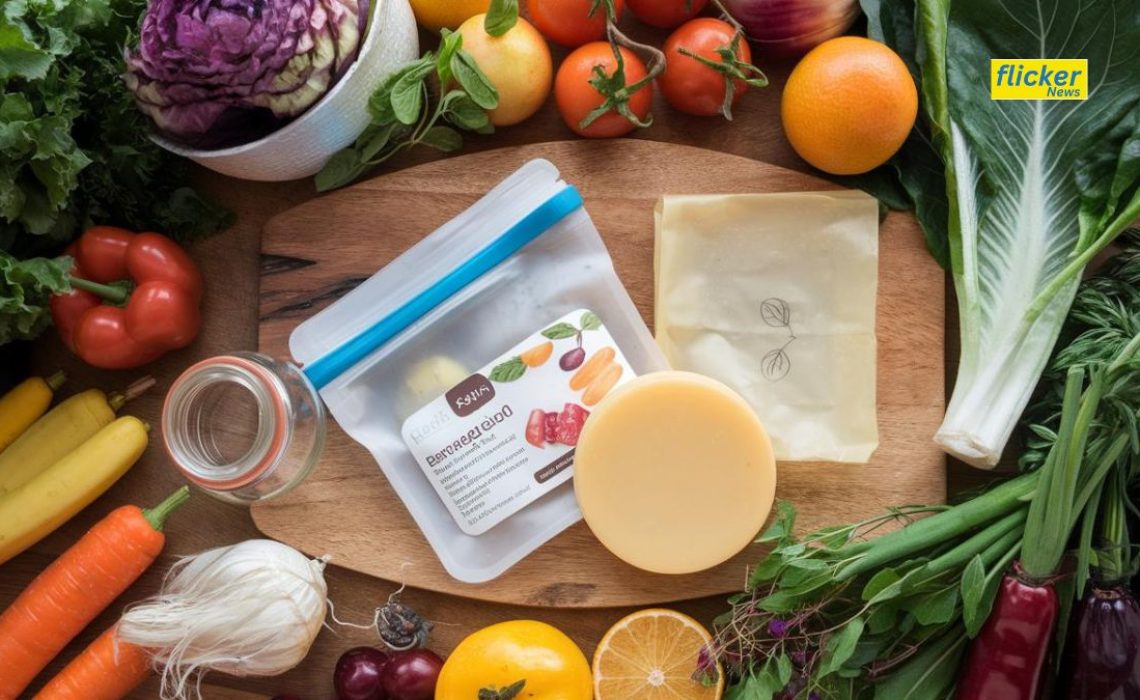Zero waste cooking is a sustainable culinary approach aimed at minimizing waste generated during meal preparation and consumption. This concept not only focuses on reducing food waste but also encompasses the use of sustainable practices in cooking and food storage. Here are the key elements of zero-waste cooking:
Table of Contents
ToggleCore Principles of Zero-Waste Cooking
1. Reduce:
- The first step is to minimize the amount of food and ingredients used. This can involve careful planning to avoid over-purchasing and cooking smaller portions to prevent excess leftovers.
2. Reuse:
- This principle emphasizes repurposing food scraps and leftovers. For instance, vegetable peels can be used to make stocks or broths, and stale bread can be transformed into croutons or breadcrumbs. Additionally, using reusable containers for storage helps cut down on single-use plastics.
3. Recycle:
- Composting is a crucial aspect of zero-waste cooking. Food scraps that cannot be reused can be composted to create nutrient-rich soil, thus returning organic matter to the earth instead of sending it to landfills.
Read Also: How can I Make a Tanghulu at Home
Practical Strategies for Zero Waste Cooking
- Utilizing All Parts of Ingredients:
- Every part of fruits and vegetables can be used creatively. For example, broccoli stems can be made into soups, and citrus peels can be used to flavor dishes or drinks.
- Freezing Leftovers:
- Freezing excess fruits, vegetables, and cooked meals helps prevent spoilage and allows for future use without waste.
- Creative Cooking Techniques:
- Techniques such as “root-to-stem” cooking encourage the use of entire vegetables, and “nose-to-tail” cooking promotes using all parts of an animal when cooking meat.
- Mindful Shopping:
- Buying in bulk and selecting items with minimal packaging can significantly reduce waste. Bringing reusable bags and containers when shopping further supports this effort.
- Education and Awareness:
- Understanding the environmental impact of food waste and educating oneself about sustainable practices can foster a zero-waste mindset.
Benefits of Zero Waste Cooking
- Environmental Impact:
- Food waste contributes significantly to greenhouse gas emissions. By reducing waste, zero-waste cooking helps mitigate this impact and promotes a healthier planet.
- Cost Savings:
- Utilizing all parts of ingredients and minimizing waste can lead to financial savings, as less food is discarded and more is used effectively.
- Culinary Creativity:
- Zero-waste cooking encourages innovative cooking techniques and recipes, leading to unique and flavorful dishes that might not be explored otherwise.
In summary, zero-waste cooking is about making conscious choices in the kitchen to minimize waste, promote sustainability, and enhance culinary creativity. It is a holistic approach that benefits both the environment and personal well-being by fostering a more mindful relationship with food.
How do I start zero waste habits?
Starting zero waste habits involves making conscious changes in your daily life to minimize waste and promote sustainability. Here are practical steps to help you begin your journey toward a zero waste lifestyle:
Steps to Start Zero Waste Habits
1. Assess Your Current Waste:
- Begin by evaluating your waste production. Keep track of what you throw away for a week to identify areas where you can reduce waste.
2. Set Achievable Goals:
- Establish specific, realistic goals for reducing waste. For example, aim to reduce single-use plastics or cut down on food waste.
3. Embrace the 5 R’s:
- Familiarize yourself with the principles of zero waste, often summarized as the 5 R’s:
- Refuse: Say no to single-use items and unnecessary packaging.
- Reduce: Minimize what you buy and consume.
- Reuse: Opt for reusable alternatives, such as cloth bags, stainless steel straws, and glass containers.
- Recycle: Properly recycle materials that can be recycled.
- Rot: Compost organic waste to enrich the soil and reduce landfill contributions.
4. Make Conscious Shopping Choices:
- Shop with intention. Choose products with minimal or no packaging, and consider buying in bulk to reduce waste. Support local farmers and businesses that prioritize sustainability.
5. Use Reusable Items:
- Invest in reusable items such as water bottles, coffee cups, utensils, and shopping bags. Carry these with you to avoid using disposable options.
6. Plan Your Meals:
- Meal planning can help reduce food waste. Prepare a shopping list based on your meal plan to avoid buying unnecessary items that may go to waste.
7. Store Food Properly:
- Use airtight containers to store food and extend its shelf life. Label leftovers with dates to ensure they are consumed before spoiling.
8. Compost Organic Waste:
- Start composting food scraps and yard waste. This reduces the amount of waste sent to landfills and provides nutrient-rich soil for gardening.
9. Educate Yourself and Others:
- Stay informed about zero waste practices and share your knowledge with friends and family. Encourage them to adopt similar habits.
10. Be Patient and Flexible:
- Transitioning to a zero waste lifestyle is a gradual process. Be patient with yourself and recognize that perfection is not the goal; small, consistent changes can lead to significant impacts over time.
By implementing these steps, you can begin to cultivate zero waste habits that contribute to a more sustainable lifestyle and help reduce your environmental footprint. Remember, every small action counts in the journey toward zero waste living.
Read Also: Face of Jesus? AI Recreation Sparks New Interest in Shroud of Turin









